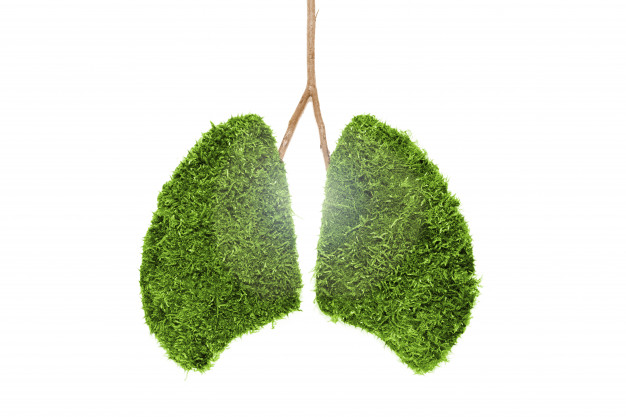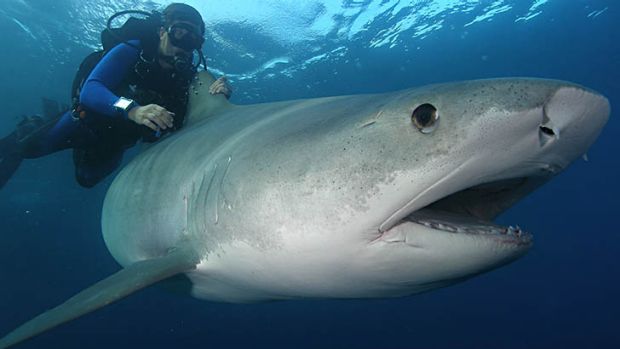Respiration is a biochemical process that oxidizes simple organic compounds to obtain energy. Autotrophs such as plants and algae produce simple organic compounds such as glucose by photosynthesis. Heterotrophs use these organic compounds for their energy requirements. Respiration is an external process.

In eukaryotes, respiration occurs in the cytosol and mitochondria. It occurs in three stages: glycolysis, citric acid cycle, and oxidative phosphorylation. During glycolysis, glucose breaks down into two pyruvic molecules in the cytosol. Pyruvic acid is further oxidized to carbon dioxide and water, releasing an acetyl-COA, which is then transported to the mitochondria. It enters the acetyl-COA lime juice cycle and breaks down sequentially by releasing carbon dioxide and electrons, which are added to the acceptor molecules.
The enzyme, ATP synthase, which is located on the mitochondrial membrane, forms 32 ATP molecules per glucose molecule using gradient pressure of hydrogen ions. In prokaryotes, respiration occurs in the cytosol.
What is breathing?

Breathing is a physical process that moves air in and out of the lungs. This allows oxygen to be transported through the lungs of mammals to the body, while carbon dioxide is released. Fish in arthropods and gills of Shiroria also breathe. Breathing in the lungs is also called pulmonary ventilation which occurs by inhalation (inhalation) and exhalation (exhalation). Both inhalation and exhalation are controlled by the action of the diaphragm.
During inhalation, the diaphragm shrinks and moves downward, increasing space in the chest cavity. The intercostal muscles between the ribs also shrink, pulling the ribs upward and outward. Two processes extend the lungs, sucking air either through the nose or mouth to the ventilator. Alveoli are air sacs with thin walls that facilitate gas exchange between the alveoli and blood capillaries. Oxygen-transporting metalloproteins such as hemoglobin are involved in passing the blood through oxygen to metabolic tissues, where oxygen is used for cellular respiration.
During respiration, carbon dioxide is generated as waste and removed from the body. Carbon dioxide is dissolved in the blood plasma and transported to the lungs. Some carbon dioxide is also transported by hemoglobin. When the diaphragm relaxes and moves upward, the intercostal muscles also relax, reducing space in the chest cavity. As the cavity contracts, carbon dioxide-enriched air is pumped out of the lungs in the exhalation process.
Difference between breathing and respiration
| Breathing | Respiration |
| Breathing is a mechanical process in which fresh air is sent to the lungs by removing carbon dioxide from the body at the speed of muscles. | Respiration is a cellular process in which simple organic compounds such as glucose are oxidized to release chemical energy in the form of ATP. |
| Breathing is a physical process. | Respiration is a biochemical process. |
| Breathing gives oxygen for respiration while releasing carbon dioxide. | Energy is discharged in the form of ATP. |
| Breathing can be seen in animals and some arthropods. | Respiration can be seen in all living organisms on Earth. |
| Breathing is caused by diffusion. | Respiration is caused by oxidation. |
| Breathing is a voluntary action. | Respiration is an involuntary action. |
| Breathing is controlled by the diaphragm. | Respiration is regulated by many enzymes. |
| Breathing uses ATP. | Respiration releases ATP. |
| Exhalation occurs through exhalation. | Respiration occurs through glycolysis and is followed by the Krebs cycle. |
| Breathing is an external process. | Respiration is an intracellular process. |
Conclusion
Breathing is a physiological process involving specialized organs such as the lungs, gills, and spirits. It promotes gas exchange by taking in and releasing air. Oxygen is transported into the blood while carbon dioxide is removed from the blood. Oxygen and carbon dioxide are the two gases involved in respiration. Respiration is a biochemical process that oxidizes simple organic compounds such as glucose by generating energy in the form of ATP. Oxygen is required by respiration, while carbon dioxide is generated as waste.





